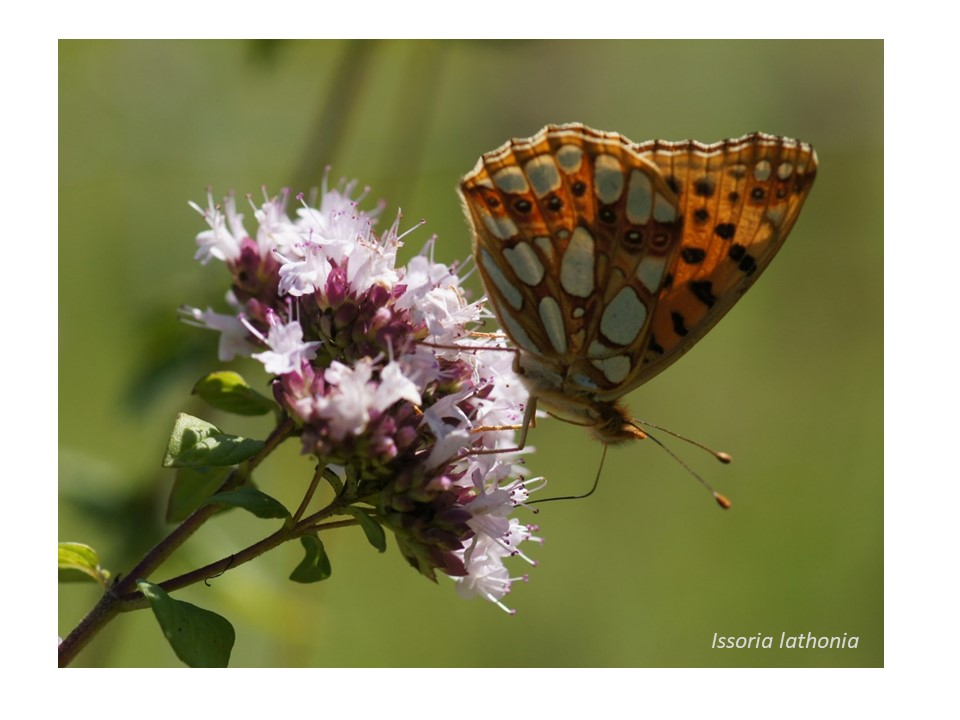Any outputs using data from the eBMS partners, requires full acknowlegement to recognise the contributing organisations. This includes a standard acknowledgement for all uses of eBMS data, plus additional acknowledgement requirements if data from specific schemes are used. Any alternative form of wording must be agreed with the eBMS co-ordinator and National BMS Co-ordinators. Please email [email protected] if you would like to discuss.

Standard acknowledgement
The European Butterfly Monitoring Scheme (eBMS) is indebted to the constituent National Butterfly Monitoring Schemes, their funders and all volunteers who contribute data. At the time of producing this report, the eBMS is a partnership of the following organisations: the Natural Environment Research Council (acting through the Centre for Ecology & Hydrology), Butterfly Conservation UK, Helmholtz-Zentrum für Umweltforschung GmbH – UFZ, De Vlinderstichting, Catalonia BMS, Finnish Environment Institute (SYKE), Butterfly Conservation Europe (BCE), Research Institute Nature and Forest (INBO), Muséum National d'Histoire Naturelle (MNHN) CNRS-UPMC, Lund University, National Biodiversity Data Centre (NBDC) Ireland, Luxembourg Institute of Science and Technology (LIST), ZERYNTHIA Association, Facultad de Ciencias de la Universidad Autónoma de Madrid, Društvo za Proučevanje in Ohranjanje Metuljev Slovenije, Hungarian Lepidoptera Monitoring Network as part of the Jozsef Szalkay Hungarian Lepidopterists' Society, Zoolab Department of Life Sciences and Systems Biology University of Turin, and TAGIS - Centro de Conservacao des Borboletas de Portugal. The eBMS and all national schemes are indebted to all volunteers who contribute data to the scheme.
Additional acknowledgement specific to individual schemes
The UK Butterfly Monitoring Scheme is organized and funded by Butterfly Conservation, the Centre for Ecology and Hydrology, British Trust for Ornithology, and the Joint Nature Conservation Committee.
The ZERYNTHIA Butterfly Monitoring Scheme is supported by the Basque Country Government, Cantabria Government, Valle de Aranguren Council (Navarre) and Cabildo de Tenerife (Canary Islands).
The Dutch BMS is a co-operation between Dutch Butterfly Conservation and Statistics Netherlands (CBS), part of the Network Ecological Monitoring (NEM) and financed by the Ministry of Agriculture, Nature and Food Quality (LNV).
The Finnish BMS is organized and funded by the Finnish Environment Institute (SYKE).
The Irish Butterfly Monitoring Scheme is funded by the Heritage Council and the Department of Culture, Heritage and the Gaeltacht.
The German BMS (TMD = Tagfalter-Monitoring Deutschland) is a cooperation between the Helmholtz Centre for Environmental Research - UFZ, German Butterfly Conservation (GfS) and science4you.
The Swedish Butterfly Monitoring Scheme is funded by the Swedish Environmental Protection Agency.
The French BMS is funded by Muséum National d'Histoire Naturelle (MNHN) CNRS-UPMC and Agence Française pour la Biodiversité (AFB).
The Catalan BMS is funded by the Catalan Government, the Barcelona Provincial Council and other local partners. The Catalan BMS incorporates the Andora BMS that is run by CENMA and funded by Govern d’Andorra.
The Spanish Butterfly Monitoring Scheme (BMS España) is partly funded by EBD (Estación Biológica de Doñana) and OAPN (Organismo Autónomo de Parques Nacionales), and is a consortium with contributions from several research institutes, universities, national parks, and nature associations.
The Luxembourg BMS is a coordinated by the Luxembourg Institute of Science and Technology, co-funded by the Ministry of Environment, Climate and sustainable Development (MECDD), and co-operated with natur&ëmwelt and volunteers.
The Italian BMS is coordinated by Simona Bonelli (Turin University), Leonardo Dapporto (Florence University) and Stefano Scalercio (CREA-Research Centre for Forestry and Wood)
